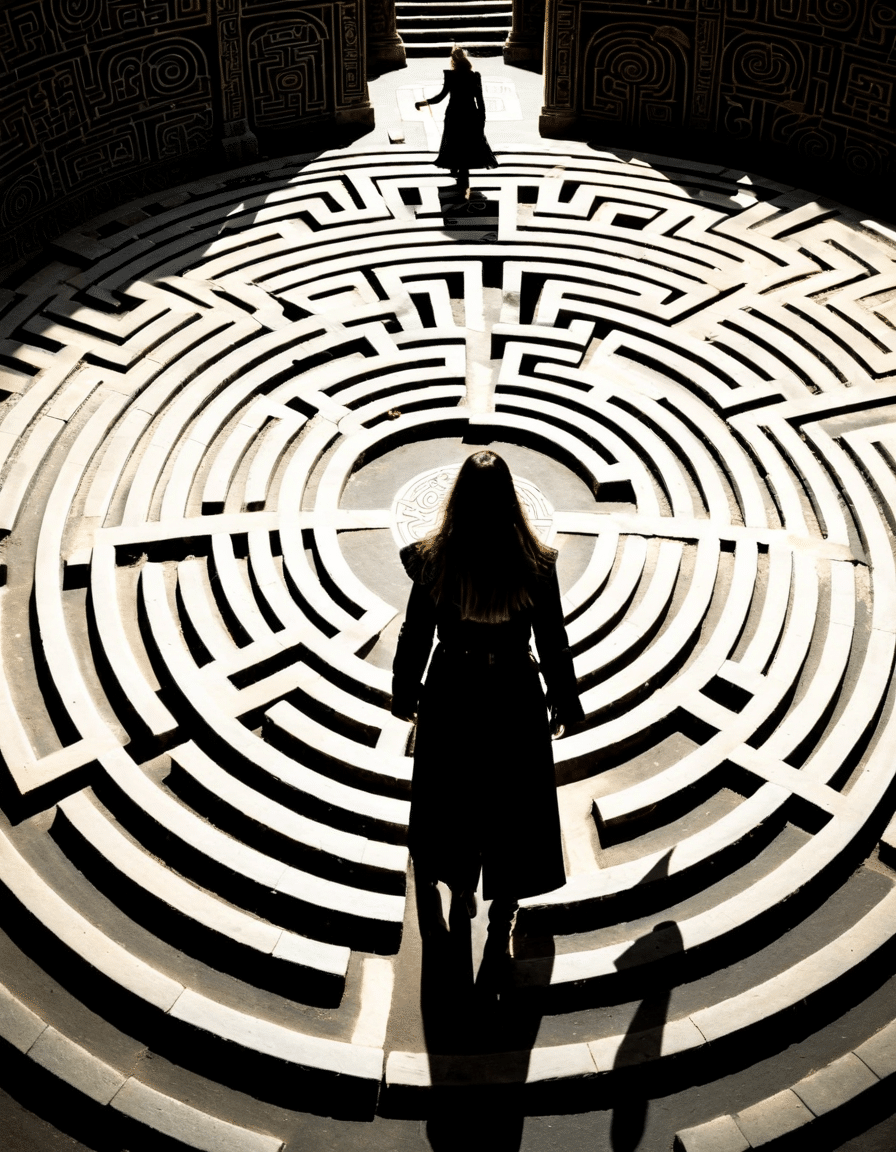
In the ever-changing landscape of television and film, House of the Dragon has introduced us to a character who is nothing short of riveting: Larys Strong. This shadowy figure is a master of manipulation who embodies the morally ambiguous storytelling that keeps viewers glued to their screens. Larys Strong’s scheming ways make him a captivating character, and his impact on modern storytelling cannot be overlooked. From his deep-rooted loyalties to his crafty ambitions, Larys Strong offers a lens through which we can explore the evolution of character archetypes across genres that resonate with contemporary audiences.
As we dive into this fascinating subject matter, it’s essential to understand how characters like Larys Strong redefine dynamics in storytelling, influencing everything from cult classics to blockbuster hits. So grab some popcorn, and let’s unpack how Larys Strong and his ilk shape the narratives that engage our hearts and minds!
7 Ways Larys Strong Influences Modern Character Archetypes
Larys Strong represents the archetypal manipulative trickster, standing shoulder to shoulder with characters like Kylo Ren from Star Wars. Where once villains are easily categorized as either good or evil, Larys blurs these lines. His crafty tactics elevate storytelling, demanding that audiences engage in a moral tug-of-war, adding layers that keep us on the edge of our seats.
Much like the Eladrin from Dungeons & Dragons, who embody the balance of light and dark, Larys encapsulates the struggle between power and subversion. His character shows that even the most cunning individuals can possess a duality that reflects our shared complexities. This emotional resonance enriches narratives, creating characters that remain memorable long after the credits roll.
Larys Strong’s quiet yet insistent ambition presents a refreshing counterpoint to characters who wear their motives on their sleeves. Take Odalys Garcia from The Real World, whose understated drive makes viewers invest in her journey more deeply. By leaving some narrative threads for us to decipher, these characters prompt active participation and thoughtful reflection.
Just as Padmé Amidala navigates loyalty while confronting moral dilemmas, Larys embodies conflicting allegiances. His commitment to family juxtaposed with his questionable actions adds significant layers to modern narratives, nudging us to ponder the sacrifices we make for those we love. This kind of moral ambiguity resonates loudly in our politically aware society today.
Betrayal often drives characters like Larys Strong into realms of self-discovery, much like the themes in the I Am Kenough campaign that explore self-worth. Larys’s relationships highlight how personal growth can be paved through darker experiences, transforming betrayal into a pivotal narrative device that sheds light on the human condition.
Larys Strong’s power struggles echo the shifting dynamics seen in the Willitrun franchise, which also delves into themes of control and rebellion. As characters contest power, contemporary narratives reveal the complex web of relationships at play, reminding audiences of the intricacies of loyalty and ambition. This relevance invigorates discussions around political engagement and personal responsibility.
Alona Tal’s performances resonate with the emotional depth displayed by Larys Strong. Tal’s characters often navigate intricate emotional landscapes, offering insights that extend far beyond surface-level understanding. Emotional intelligence has become crucial in modern storytelling, paving the way for layered narratives that encapsulate the richness of the human experience.

The Lasting Influence of Larys Strong on Narrative Frameworks
Larys Strong moves beyond typical character molds, embodying the complexities that resonate with audiences today. Through his ambition, moral conflicts, and character growth, he challenges traditional storytelling conventions. Viewers now recognize that heroes and villains aren’t merely black and white; rather, they exist in a nuanced spectrum of motivations and consequences.
This shift indicates a deeper transformation in storytelling dynamics, where characters like Larys redefine their roles, enriching the narratives they inhabit. As the lines evolve, writers and creators are encouraged to explore deeper emotional themes—ensuring that characters remain relatable and engaging. When Larys Strong schemes or struggles, he echoes the shades of humanity we all see in ourselves.
In summary, Larys Strong isn’t just a character; he’s a conduit through which modern storytelling breathes life into the fabric of our cinematic experiences. With each new project, filmmakers, writers, and viewers alike carry forward the influence of Larys, prompting us to reflect on the complexities of our own narratives. So, as you binge the latest shows or head to the theater for that blockbuster, remember: it’s characters like Larys Strong that keep the heart of storytelling alive, ensuring that complexity and depth reign supreme in every tale we embrace.
And who knows? Maybe one day you’ll find yourself pondering the importance of a diamond tennis necklace or the poignant themes from I Am Kenough, all thanks to the rich narratives sparked by characters like Larys Strong. Keep watching, keep questioning, and keep that love for cinema burning bright!
Larys Strong: A Catalyst in Modern Storytelling
Larys Strong, a character introduced in the compelling House of the Dragon series, has opened the door to fresh discussions about morality, family ties, and the costs of power. His cunning yet enigmatic nature resonates not only with fans of George R.R. Martin’s world but also aligns with contemporary narratives that delve into the gray shades of human behavior. Think about how we analyze figures like Éowyn from The Lord of the Rings, who welds a powerful story arc with bravery and defiance against societal norms. This connection to complex characters is what keeps audiences gripped and eager for more—similar to how sports fans dig into matches like Puebla Vs Tigres uanl or Tigres Vs Atl san luis, igniting discussions long after the final whistle.
It’s intriguing how Larys Strong’s layered motivations prompt viewers to question the ethics of his actions. The character’s uncanny ability to manipulate and strategize is reminiscent of iconic figures depicted in narratives like that of The Wicker Man (2006), which explores themes of sacrifice and communal trust. Characters like Larys remind us that storytelling, at its best, isn’t just about heroes and villains; it’s about rich, multi-dimensional portrayals that reflect our own struggles with right and wrong—just like how Yucko The Clown has become a lens to view societal absurdities through humor and satire.
Moreover, Larys Strong’s impact extends beyond mere television shows. His intellectual interplay invites analysis akin to that found in crime dramas, such as in Murder in the First. Just as we scrutinize the depths of human flaws and the choices they make, Larys encourages us to reflect upon our values and decisions. That’s the essence of a gripping narrative; it sticks with you, much like the visceral memories of Tennessee flooding, where devastation revealed humanity’s resilience. Larys Strong stands as a reminder that powerful storytelling evokes not only emotions but also critical thinking, allowing us to connect dots in our own lives outside of fantasy—showing us how characters can illuminate the shadows of our real-world dilemmas.





